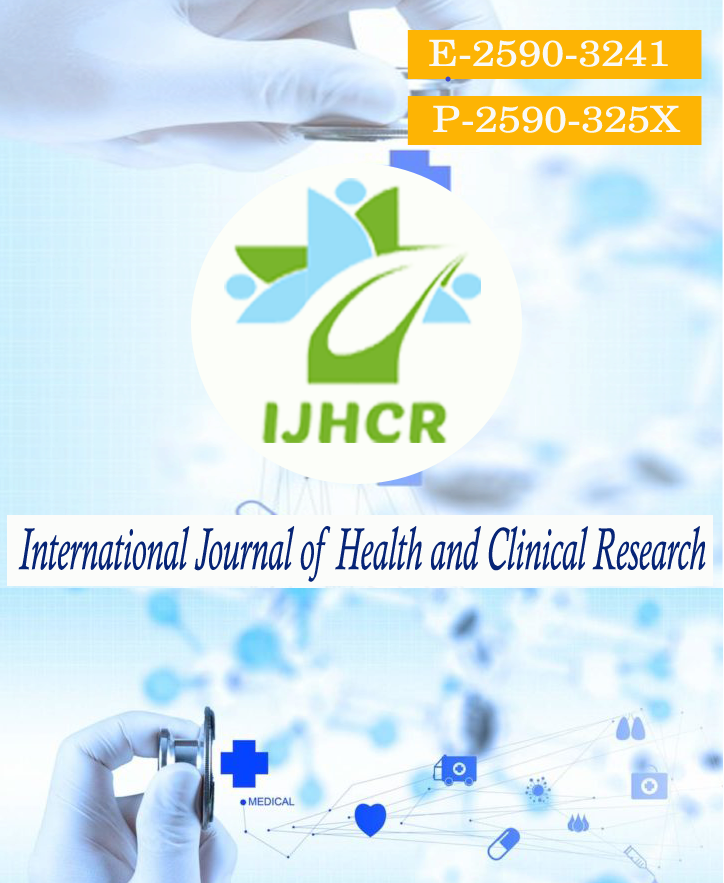Septic complications in perforation peritonitis: microflora and search for therapia sterilisans Magna
Keywords:
Peritoneal Fluid, Piperacillin Tazobactum , Carbepenam ,Perforation Peritonitis Empirical Antibiotic TherapyAbstract
Objective: This study was conducted to determine the etiology, anatomical site of perforation and the suitable empirical antibiotic in our region which decreases the bacterial load effectively and to decrease the morbidity associated with infectious complications in patients with peritonitis secondary to gut perforation. Methods: This study was a prospective study conducted for a period of one year. Patients who were fulfilled the inclusion criteria with peritonitis due to gut perforations and operated in our institute were included in this study. Data regarding patient demography, associated co-morbidities and relevant history were recorded. Duration of hospitalization, wound infection, wound dehiscence, anastomotic leak, re do surgeries and number of patients died after surgery were documented. Antimicrobial susceptibility testing was done by Kirby-Bauer disk diffusion method. Antibiotics were changed as per clinical progress of the patient and as per culture and sensitivity report. Results: Perforations were mostly ileal (38%) followed by duodenal (29%).Common etiology being peptic ulcer disease (38.7%) and typhoid fever (22.5%). Peptic ulcer perforations were managed by Graham patch omentopexy in 24 (38.6 %) cases, small bowel perforations by only stoma in 18 (29 %), primary repair 6 (9.6 %) cases and resection and anastomosis done in 8 (12.9%) who presented with multiple small bowel perforation. Appendicectomy was done in 6 (9.6%) cases.Sensitivity to Cefaperazone was about 66 % in E. Coli isolates while 75% for Ceftazidime while for Klebsiella 60% and 80% resperctively. Meropenam was sensitive in all the isolates of Staphyloccus, Streptococcus, Pseudomonas and Proteus while cefaperazone was sensitive only in 50 % of the cases. Piperacillin + Tazobactum were sensitive in all the isolates of Stryptococcus, Pseudomonas and Proteus. The sensitivity of Amoxicillin+ Clavulinic acid, Ceftriaxone, Aminoglycosides and Fluoroquinolones were very low. Conclusion: Most common organisms cultured from peritoneal fluid were E. coli and Klebsiella. Piperacillin + Tazobactum and Carbepenam were sensitive in most of the isolates and might be started in patients with perforation peritonitis as a empirical antibiotic therapy
Downloads
Published
How to Cite
Issue
Section
License
Copyright (c) 2022 Atul Kumar, Bhavesh Khandelwal, Shivani Sinha

This work is licensed under a Creative Commons Attribution 4.0 International License.






 All articles published in International Journal of Health and Clinical Research are licensed under a
All articles published in International Journal of Health and Clinical Research are licensed under a 